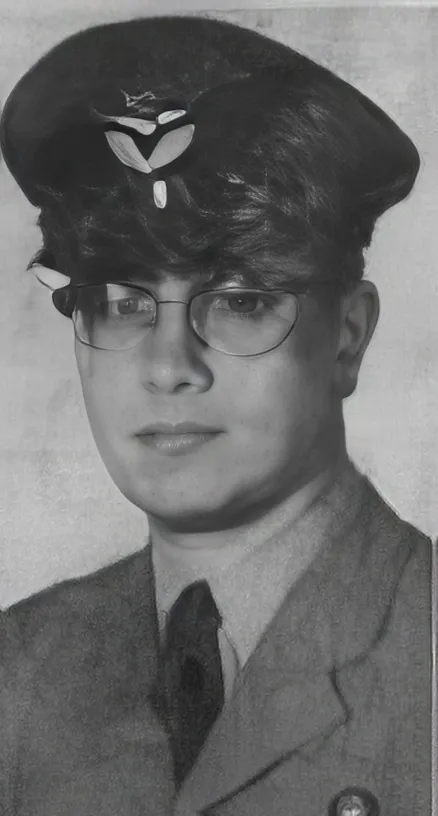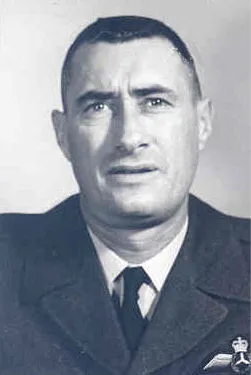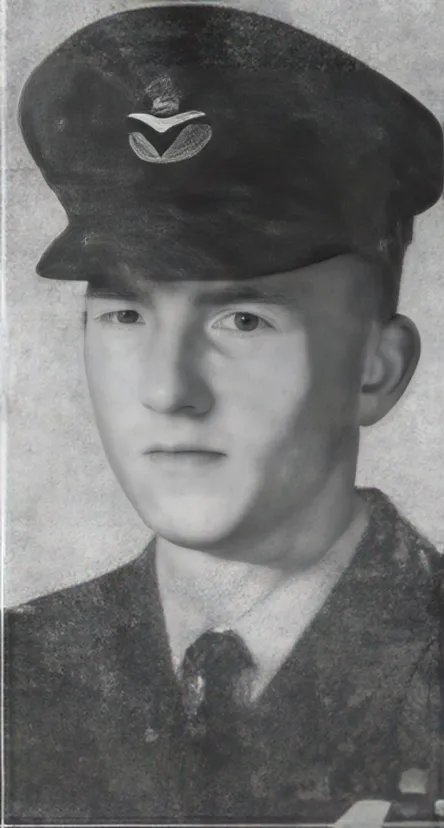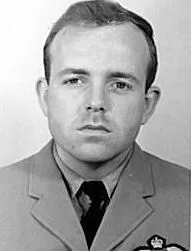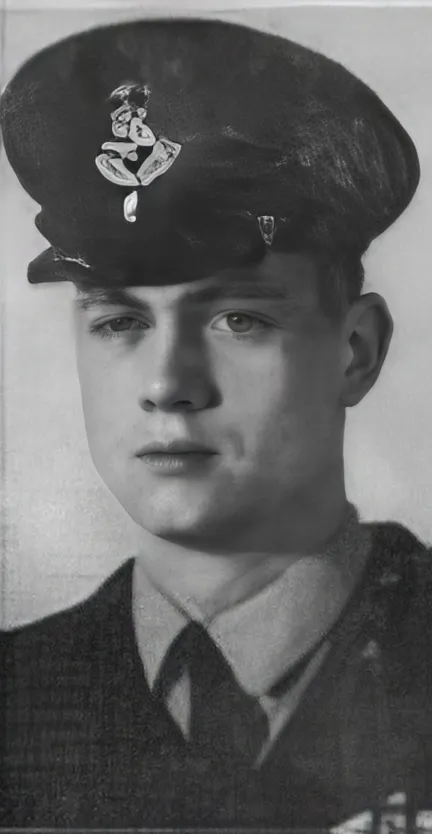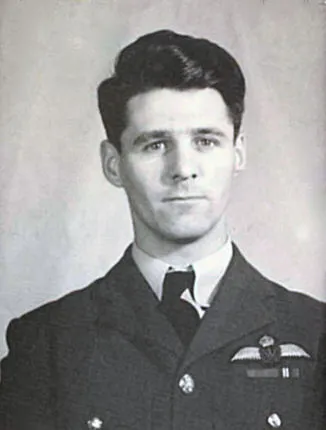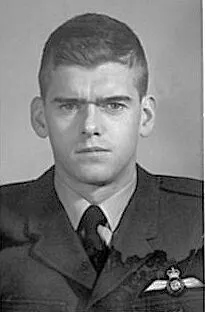Dr. Piggott was a Defence Scientist working for the Naval Research Establishment (NRE, now known as the DRDC - Atlantic Research Centre) when he lost his life on March 23, 1965 in the crash of a Maritime Patrol Aircraft while performing scientific duties in the field of Anti-Submarine Warfare.
Piggott, Carmen Lambert ()
Missing 1965-March-23
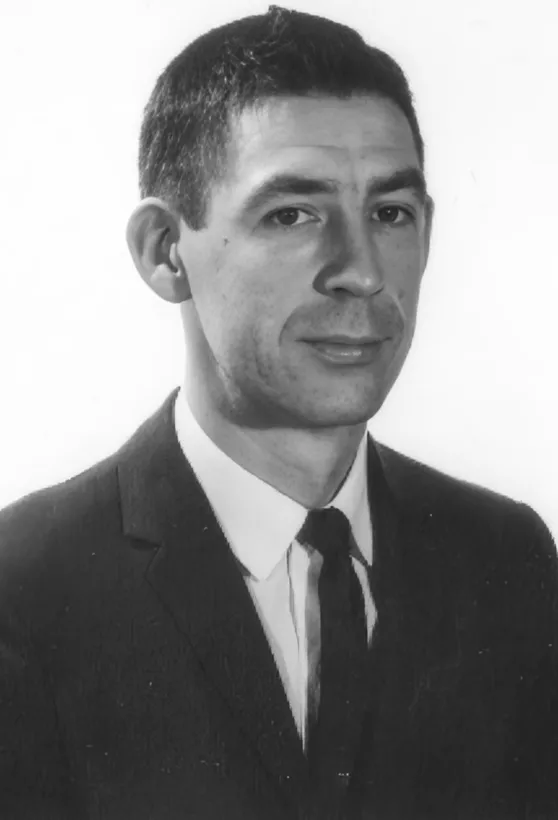

Birth Date: 1927-December-04
Born:
Parents:
Spouse:
Home: Bridgetown, Annapolis County, Nova Scotia, Canada
Enlistment:
Enlistment Date: unkown date
Service
Civilian
Unit
Base
Rank
Position
Service Numbers
Crew or Other Personnel
Argus 20727
Mission
Argus 2 20727
Reconnaissance 1965-March-23 to 1965-March-23
404 (MP) Sqn (RCAF) Roosevelt Roads NAS (Ceiba)
An Argus maritime aircraft from 404 squadron, RCAF Station, Greenwood, Nova Scotia, crashed and was lost at sea about 60 miles north of San Juan, Puerto Rico, shortly before midnight March 23 [1965]. There were no survivors among the 16 persons on board.
The crash report was given by the Halifax-based British submarine Alcide, which was operating with the Argus as part of the Canadian Atlantic fleet on Caribbean exercises Maple Spring and Maple Springboard.
The Argus, first to be lost since it replaced Lancasters in the RCAF anti-submarine role in 1958, was operating from the U.S. Naval Air Station, Roosevelt Roads near San Juan, in the combined Canadian -USA anti-submarine warfare exercise Maple Springboard. In addition to the 15 crew members Dr. CL Piggott, scientific advisor to the Air Officer Commanding, Maritime Air Command, was on board. Formerly with the Naval Research Establishment, Dartmouth, he was appointed to the advisory post In December.
The Argus was on task for four hours at the time of the crash, working with the Alcide. The submariners ,saw the glow of the crash reflected in the sky just before midnight. The Alcide surfaced and proceeded to investigate, The destroyer escorts Gatineau and. Terra Nova. were called to the scene and later were joined by the Annapolis . Aircraft from the aircraft carrier Bonnaventure joined the search and a total of six ships, two submarines, and the US Coast Guard became involved. 'The search for survivors was called off on the 24th.
At sunset oil March 25, in position 60 miles north of Puerto Rico, a memorial service was held on board the Bonnaventure, with the Gatineau in company, for the crew of the lost Argus aircraft. On completion of prayers, Commodore J. C. O'Brien, Senior Canadian Officer Afloat (Atlantic), dropped a wreath on the waters in the area of the crash. A one-minute silence was observed by the ship companies; marked by the firing of the Bonnaventure's gun.
Defence Minister Paul Hellyer, speaking to the House of Commons on March 24 confirmed that an RCAF Argus had crashed at sea the night before with total loss of life. At the same time he paid tribute to the "outstanding work of the officers and men of the Maritime Air Command these words:
"Highly skilled and dedicated to their work, they have maintained in all types of weather over the years constant anti-submarine Patrols at very low altitudes over the waters of our shores both in the Atlantic and Pacific.
"Due to the calibre of the men and the level of their training Maritime Air Command has achieved a record of flight safety that is second to none. Indicative of this is the fact that the Argus aircraft which came into service in 1958 had not been involved prior to last night in any major accident or loss of life while flying a total of more than 132,000 hours.
"While our sympathy goes out to relatives and friends," Mr. Hellyer concluded, ?the loss of such men is not only theirs but of Canada as a nation."
An investigation into the circumstances was immediately launched. The Argus was one of about 18 in six detachments which had operated from the US. Naval Air Station, Roosevelt Roads, on Puerto Rico. Ten RCN ships and two Canadian - controlled British submarines were also involved In the Caribbean exercises which began in mid-January and continued to the end of March.
The exercises were code-named Maple Spring for the Canadian aspects, which involved some 4,000 personnel, and Maple Springboard, a joint Canadian-US. anti-submarine exercise taking place in the same period.
Argus serial: 20727
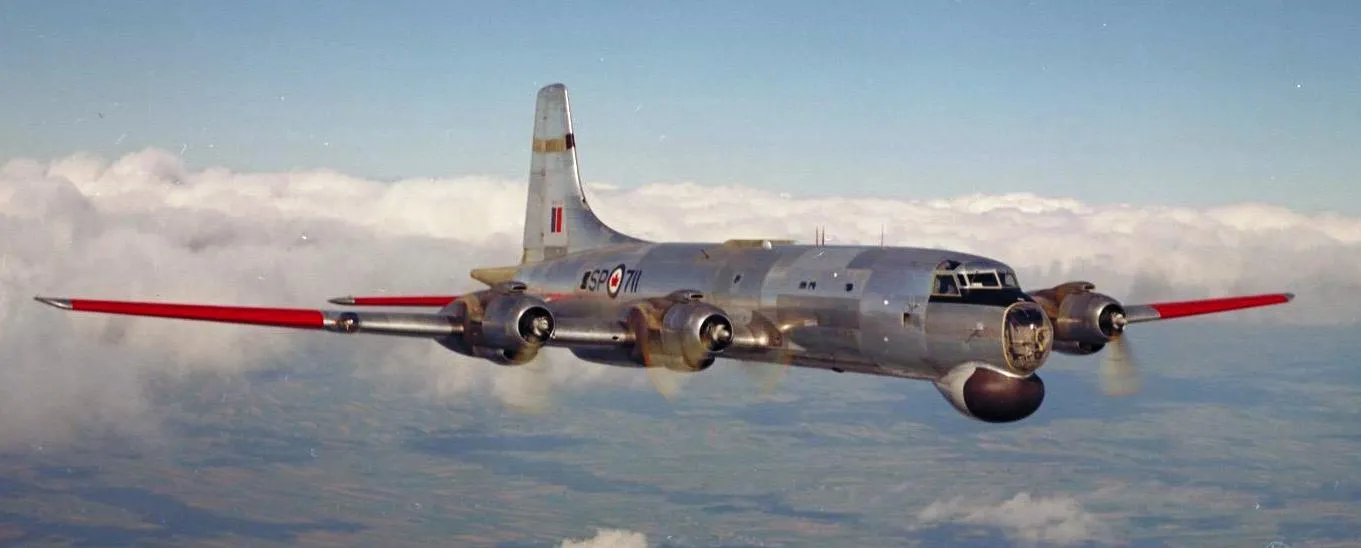
Canadair CP-107 Argus Mk. 1 (Serial No. 20711), No. 404 'Buffalo' (MP) Squadron.
The Canadair CP-107 Argus (company designation CL-28) was a maritime patrol aircraft designed and manufactured by Canadair for the Royal Canadian Air Force (RCAF). In its early years, the Argus was reputedly the finest anti-submarine patrol bomber in the world. The Argus served throughout the Cold War in the RCAF's Maritime Air Command and later the Canadian Force's Maritime Air Group and Air Command.
In 1949, Canadair recognized that the RCAF would soon be looking for a replacement for the Avro Lancasters being used in the maritime patrol role and proposed the CL-29, a variant of the North Star, itself a variant of the Douglas C-54 Skymaster or DC-4 transport. When the RCAF issued the specification in 1952, it was for a larger and more capable aircraft, and two proposals were received. These included a Lockheed Constellation variant from Lockheed, however its low speed handling was deemed inadequate by the RCAF, while Bristol proposed a variant of their Britannia airliner but concerns were raised over its floating controls, where they were controlled via servo tabs rather than direct linkages. The RCAF preferred the Bristol proposal, but it would be developed in Canada. Canadair presented two proposals, the CL-28 also based on the Britannia, which was accepted, and a lowest cost design called the CL-33 which was described as a fat Lancaster. It would have comparable to the Avro Shackleton already being operated by the RAF, but significantly lighter, and was to be powered by the same engines as were used in the CL-28, or similar radial engines.
Canadair began work on the CL-28 in April 1954 and at the time it was the largest aircraft to be built in Canada. The hybrid design, initially referred to as the 'Britannia Maritime Reconnaissance', or 'Britannia MR', was derived from the Bristol Britannia airliner, having the same wings, tail surfaces and landing gear except for being "Americanized" meaning that it used the same general design, but changed from British materials, dimensions and standard parts to American ones. Due to the greater stresses from flying at low altitude for long periods of time, even the components taken from the Britannia needed substantial reinforcement, and to meet these demands, extensive use of a locally developed metal to metal bonding was used. The Argus represented the first large scale use of titanium in the structure, as well as structural plastic, which was used to electrically insulate the top of the fin for the sensors mounted there.
The fuselage was completely redesigned by Canadair, going from the pressure cabin used in the Britannia to an unpressurised one with two 18 ft (5.5 m) long bomb bays fore and aft of the wings. The powerplants werre also changed from the Bristol Proteus turboprop engines to Wright R-3350 turbo-compound piston radial engines, which had lower fuel consumption necessary for extended missions at low level. At the design stage the Napier Nomad, another turbo compound engine was also considered, although the Nomad was later cancelled. Wikipedia



